What is piping in an irrigation system?
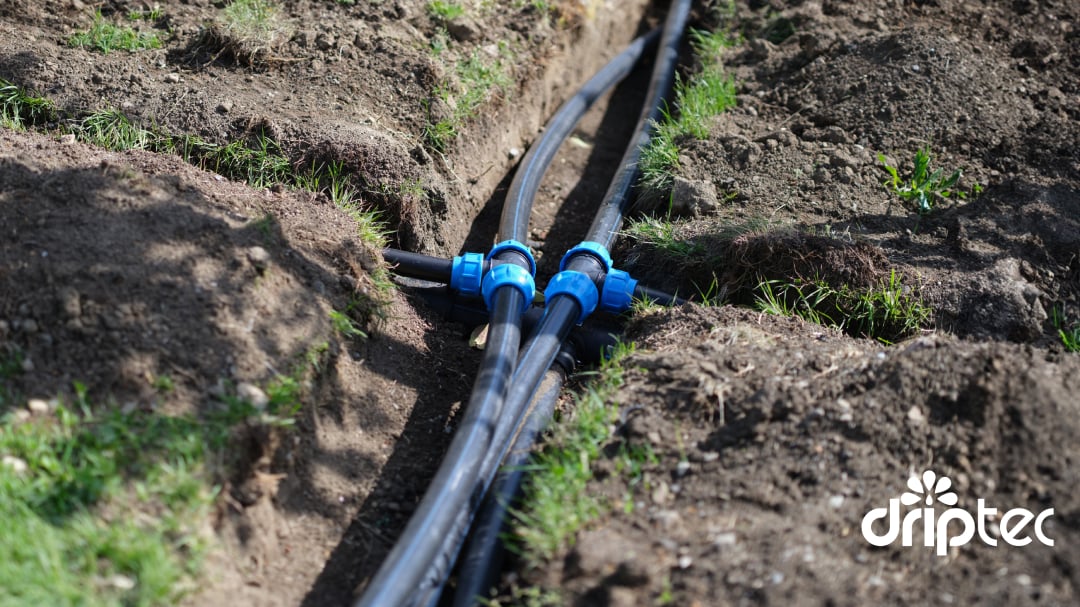 |
Pipes in an irrigation system are a system of pipes that transport water from the source to branch locations or to irrigation equipment such as sprinklers, nozzles, drippers, etc.
Water pipes play an important role in automatic irrigation systems, with the main function of carrying water from the source to the areas that need watering. It helps distribute water evenly, ensuring appropriate pressure and flow for irrigation equipment to operate effectively. In addition, the pipes also support flexible connections between components such as pumps, solenoid valves, filters, and sprinklers. A properly designed piping system will help save water, reduce costs, and improve irrigation efficiency.
The importance of pipe selection in automatic irrigation systems
The piping system in the wall irrigation system is understood as the pipe that carries water from the pump to the garden. Level 1 and level 2 pipes carry water to the irrigation area and the fishbone pipe carries water along each row of trees to attach the irrigation equipment.
In irrigation systems, the pipeline network plays an important role. It is similar to the urban road infrastructure. A carefully designed pipeline network, with carefully calculated and selected parameters, will contribute to creating an optimal, efficient, sustainable and stable irrigation system, helping to reduce investment and operating costs.
In terms of cost, the pipeline network also accounts for a significant portion, usually 50 to 70%. Therefore, poor pipeline selection also has a significant impact on investment costs.
Some criteria to calculate and select include: pipe material selection (uPVC, PVC Layflat, HDPE, LDPE), pipe size selection, pipe thickness selection.
● Calculate water velocity and optimal pipe size in irrigation systems.
● Calculate pressure loss in pipeline.
● Determine pipe size, pipe wall thickness, and pipe pressure resistance.
Factors involved in selecting water delivery pipes in automatic irrigation systems
● Technical factors: Durability, pressure resistance.
● Cost factors: initial investment costs, operating costs, repairs and replacements.
● Construction factors: construction capability according to each type of terrain, scale...
Types of water pipes in popular automatic irrigation systems today
Below are some types of water pipes in automatic irrigation systems that you can refer to:
uPVC pipe
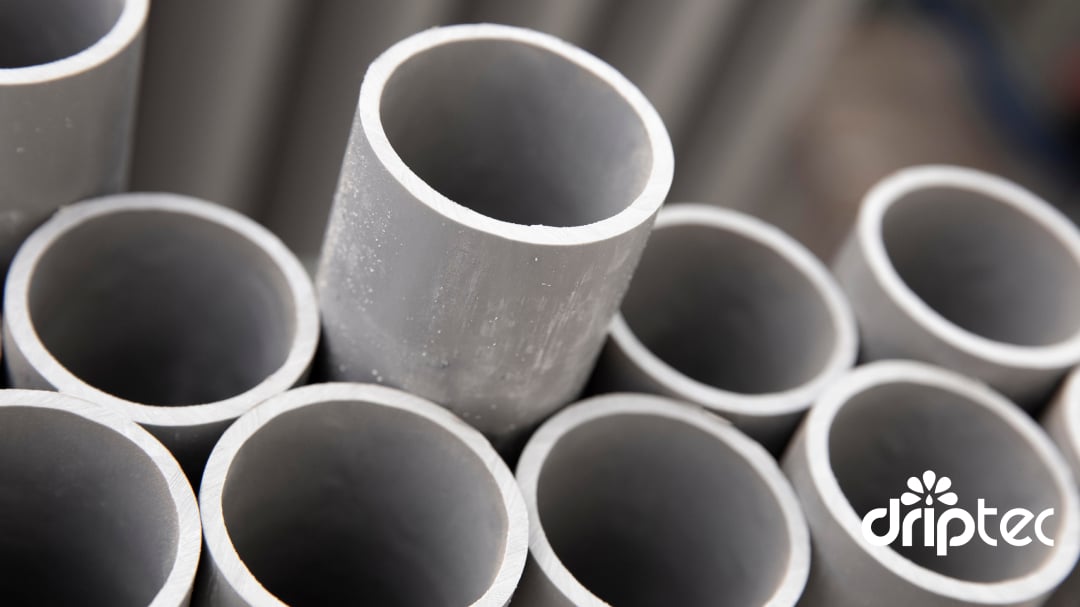 |
● Concept: uPVC pipe stands for “unplasticized polyvinyl chloride”, a form of hard polyvinyl plastic..
● Popular sizes: 21, 27, 34, 60, 90, 114 mm.
● Operating pressure from 6 to more than 10 bar.
● Advantages: Popular accessories, easy to buy, easy to repair and maintain.
● Features: Rigid tube, connected by glue.
● Application: In irrigation systems, uPVC pipes can be used as branch pipes, primary and secondary tree pipes, pump suction pipes...
HDPE pipe
● Concept: HDPE pipe stands for “High density polyethylene”, a type of soft plastic pipe used to transport liquids or gases.
● Popular sizes: 32, 63, 90, 110, 140 mm.
● Normal pressure from 6 to more than 20 bar (higher than PVC and LDPE).
● Advantages: High durability, withstands high pressure.
● Features: Relatively flexible pipe, can be rolled (more flexible than PVC but stiffer than LDPE), threaded or heat welded.
● Application: very popular; can be used as primary and secondary main pipes in irrigation systems. Priority is given to areas with steep and complex terrain.
PVC Layflat Pipe
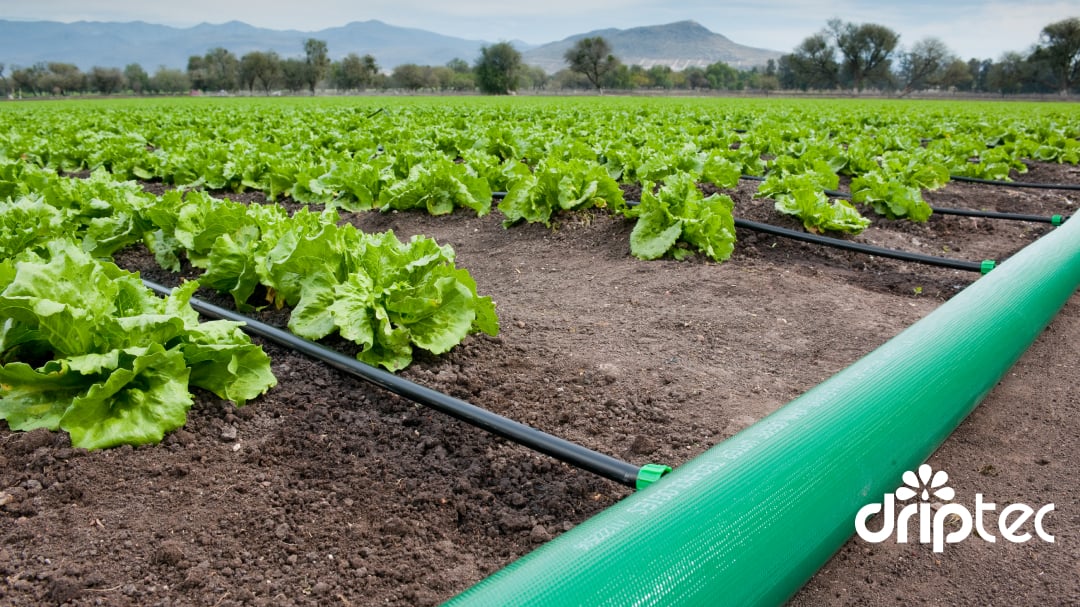 |
● Concept: PVC Layflat pipe (soft pipe) is a product made from PVC (polyvinyl chloride) with added plasticizers.
● Popular sizes: 40, 50, 63, 80 mm.
● Operating pressure from 4 to 10 bar.
● Advantages: Fast pipe construction, can be rolled up and moved.
● Features: Flexible, rollable hose, connected by a gasket.
● Application: Water pipes for pumps, main pipes, branch pipes in irrigation systems.
LDPE pipe
● Concept: LDPE pipe stands for “Low Density Polyethylene Pipe”, this is a type of low density plastic pipe that is flexible and elastic.
● Popular sizes: 16, 20, 25, 32 mm.
● Operating pressure from 4 to more than 6 bar.
● Advantages: Quick pipe installation, easy to install sprinkler, can be buried or exposed.
● Features: Flexible and elastic hose, connected by specialized joints with serrated barbs.
● Application: Very popular as fishbone pipe in sprinkler irrigation system.
Above is the information related to how to choose water pipes in automatic irrigation systems that we have compiled for your reference. Thank you for your interest and reading our article.
Contact Nha Be Agri:
No. 25, Ngan Long Villa Area, Nguyen Huu Tho Street, Phuoc Kien Commune, Nha Be District
Phone: 19002187
Email: [email protected]
Source: https://huengaynay.vn/kinh-te/huong-dan-chon-duong-ong-trong-he-thong-tuoi-152864.html


![[Photo] General Secretary concludes visit to Azerbaijan, departs for visit to Russian Federation](https://vphoto.vietnam.vn/thumb/1200x675/vietnam/resource/IMAGE/2025/5/8/7a135ad280314b66917ad278ce0e26fa)
![[Photo] President Luong Cuong presents the decision to appoint Deputy Head of the Office of the President](https://vphoto.vietnam.vn/thumb/1200x675/vietnam/resource/IMAGE/2025/5/8/501f8ee192f3476ab9f7579c57b423ad)
![[Photo] National Assembly Chairman Tran Thanh Man chairs the meeting of the Subcommittee on Documents of the First National Assembly Party Congress](https://vphoto.vietnam.vn/thumb/1200x675/vietnam/resource/IMAGE/2025/5/8/72b19a73d94a4affab411fd8c87f4f8d)


![[Photo] Prime Minister Pham Minh Chinh meets with the Policy Advisory Council on Private Economic Development](https://vphoto.vietnam.vn/thumb/1200x675/vietnam/resource/IMAGE/2025/5/8/387da60b85cc489ab2aed8442fc3b14a)
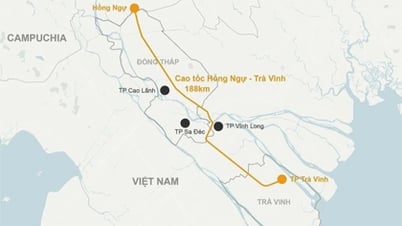



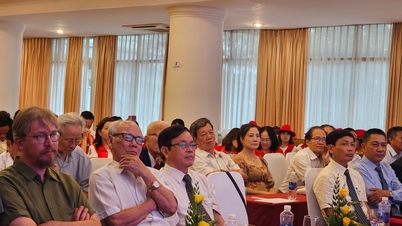
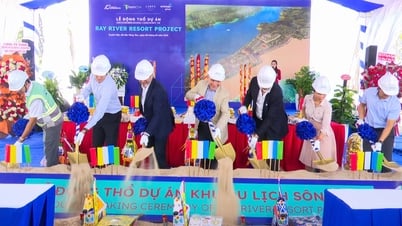






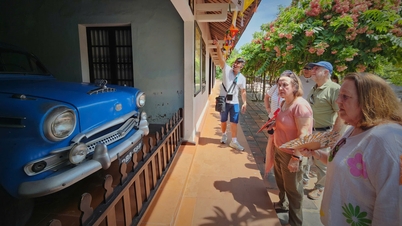




































![[Photo] Prime Minister Pham Minh Chinh talks on the phone with Singaporean Prime Minister Lawrence Wong](https://vphoto.vietnam.vn/thumb/402x226/vietnam/resource/IMAGE/2025/5/8/e2eab082d9bc4fc4a360b28fa0ab94de)











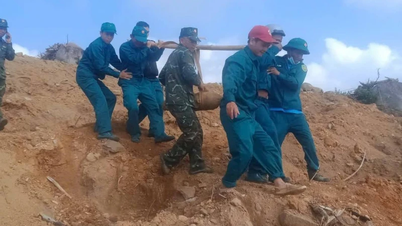





















Comment (0)